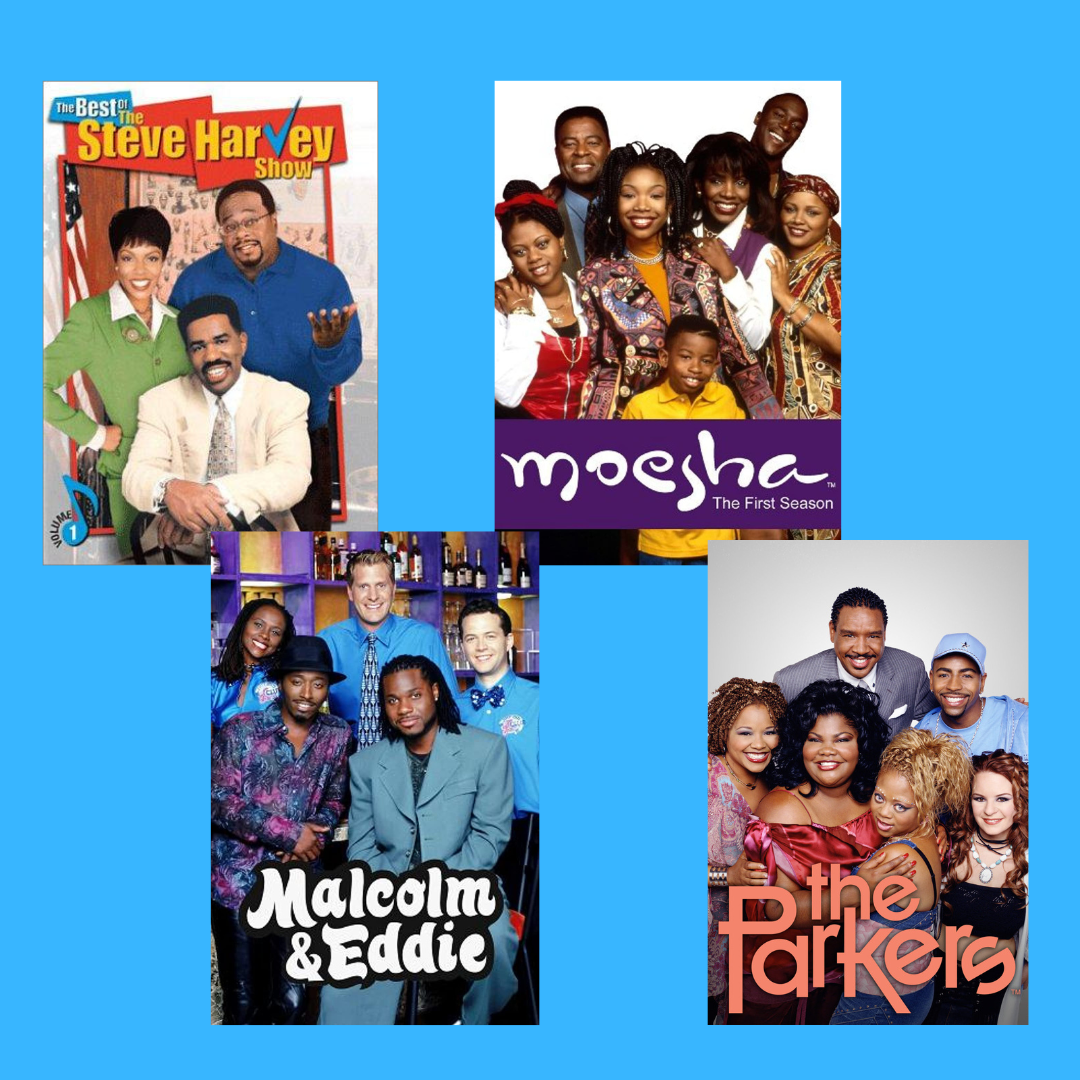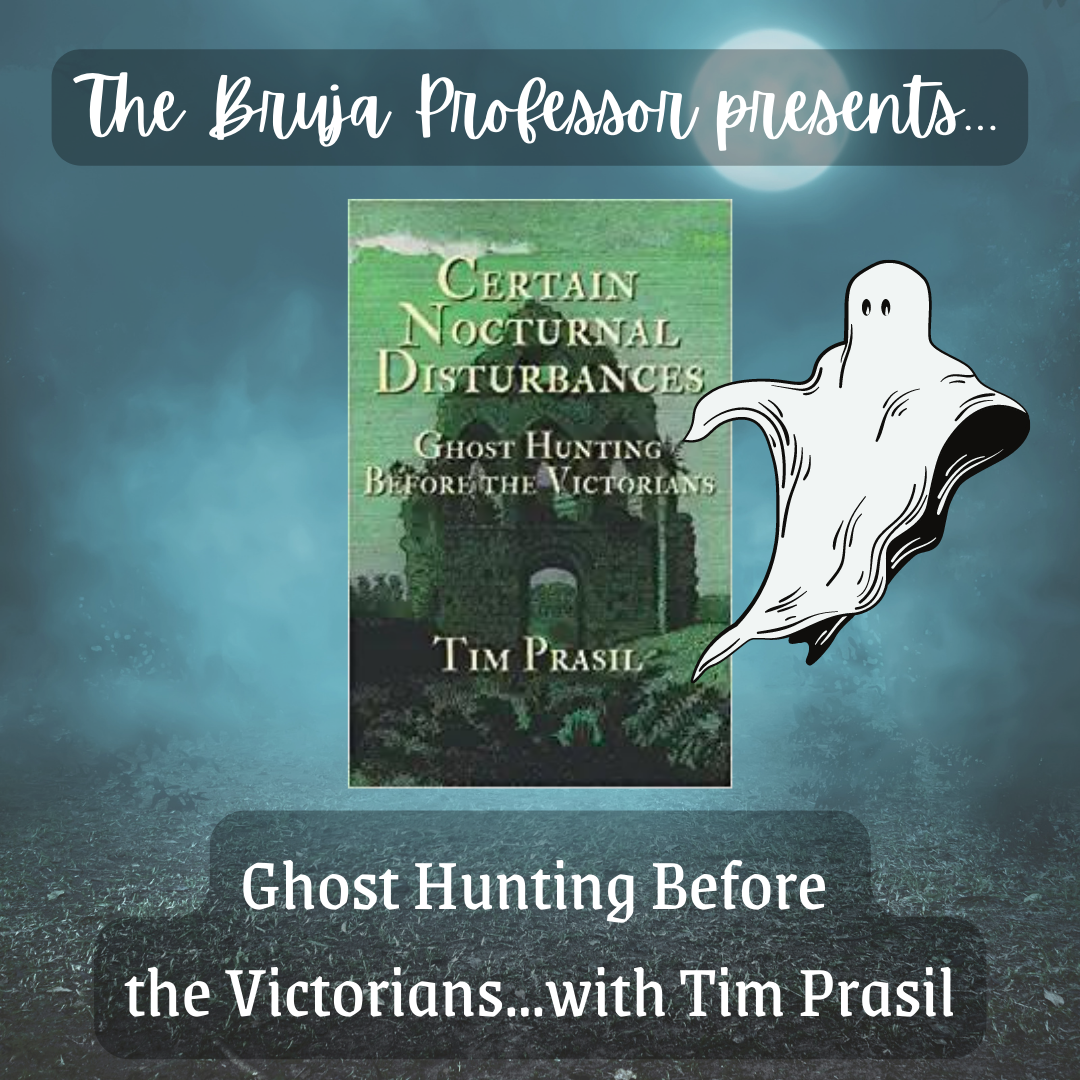When it comes to occult detectives, ghostbusters, and monster hunters, the casual gothic appreciator can point to the Ghostbusters franchise, Buffy the Vampire Slayer or Supernatural…you know, the movies and shows that put monster hunting on the pop culture map. Or they can take the classic route via Bram Stoker’s Van Helsing, the parapsychologist and vampire hunter—and Dracula’s nemesis.
But this genre of slayers and experts in all things spooky has a long history in literature and film, dating all the way back to the Victorian era, thanks to the Spiritualism movement and the budding mystery genre. What better way for Victorians to enjoy their love of the supernatural and literary detectives than to combine them in the figure of the supernatural sleuth? In fact, any connoisseur of the genre can find a treasure trove of wonderful tales involving ghost hunters and supernatural sleuths throughout the 1800s and into the 1900s, ranging from the spooky to the silly to the downright terrifying!
And that’s not even getting into the history of real-life ghost hunters and occult practitioners that inspired this sub-genre of gothic literature. It should come as no surprise that our relationship to the unknown and the spirit realm is as common as it is timeless, which only leads us to conclude that the idea of ghost hunting must also predate the Victorian era. Luckily, where there are paranormal investigators and investigators, there are also investigators of those paranormal activities, namely, scholars.
One such literary historian, Tim Prasil, author of the Vera Van Slyke Ghostly Mystery series, was kind enough to walk us through some of the early histories of ghost hunting before the Victorians. He was kind enough to share an excerpt of his latest book, Certain Nocturnal Disturbances: Ghost Hunting Before the Victorians, that explores the world of paranormal investigators that predates what we’ve previously considered to be the starting point for the genre. In this excerpted introduction, Tim gives a brief overview of the origin of the term “ghost hunt” and the history of the early ghostbusters in fact and fiction. Enjoy!
Introduction: Ghost Hunting Before the Victorians
The Victorian era began in 1837 and ended in 1901, the years that Queen Victoria ruled what was then called the United Kingdom of Great Britain and Ireland. In this time and in this place, the question of why ghosts have tantalized and baffled humanity across the globe for millennia garnered serious, scholarly attention. Among those voices calling for such study was Catherine Crowe, who gathered a wide variety of reports about supernatural and occult experiences, then organized them into a surprisingly popular book titled The Night Side of Nature; Or, Ghosts and Ghost Seers (1848). Meanwhile, around 1850, a number of Cambridge University students began to meet with the intention of examining reports of hauntings. Apparently, not much came of the project, but it inspired the more formal Ghost Club, founded in 1862—and this led to the Society for Psychical Research, founded in 1882. The latter two organizations still exist today, and neither has confined its focus to only ghosts. Along with mesmerism, clairvoyance, and similar topics, both groups were especially motivated to validate or debunk the phenomena occurring at Spiritualist séances.
Consider, too, the contribution the Victorians made to the literary ghost-story tradition with writers such as Charles Dickens (1812-1870), Sheridan Le Fanu (1814-1873), Charlotte Riddell (1832-1906), and Edith Nesbit (1858-1924). It’s little wonder, then, that in the early 2000s, we envision the ectoplasm of ghosts swirling with the fog of Ripper-era London and sense something charming—yet slightly chilling—in those cornices, cupulas, and other ornate flourishes of houses built during the 1800s. One might reasonably conclude that ghost hunting started in the Victorian era.
But there’s a substantial history to this noble quest that predates the Victorians. In fact, the term ghost hunt and its derivations ghost hunting and ghost hunter(s) appear in pre-1837 publications with some regularity. The longer I look, the farther back in time I go, but so far one of the earliest uses I’ve unearthed is in Elizabeth Gunning’s 1794 novel, The Packet. There, a character named Sir William Montreville interviews people who claim to have seen a specter at the local church. Though he’s skeptical, Sir William joins with his servant to form what Gunning calls a “ghost-hunting party.” Late at night, the duo patiently hide in one of the pews at the haunted site to conduct some nocturnal surveillance, the time-honored practice of ghost hunters. Other documents that use the term include 1804 newspaper and magazine articles about that year’s Hammersmith Ghost case (covered in Chapter Seven of this book), an 1808 play, an 1817 book about premature burial, and an 1820 family history. Remember that the term ghost hunt was quite likely spoken before written. Figure in any documents using it that have been lost or that remain untouched on dusty library shelves or in decaying trunks. With this in mind, I suspect various forms of ghost hunting were fairly well known with that label in Britain for about four or five decades before the Victorians.
Ghost hunting teams have a history that reaches back even further. They certainly looked differently than how we see them today on television, YouTube, and elsewhere, but Chapter Four addresses how assembling a committee to investigate claims of ghostly phenomena dates back at least to 1534. That’s the year Francis I, King of France, appointed a group—a mix of clergy and lay people—to investigate claims that a church graveyard in Orleans was haunted. One of the most famous paranormal investigative teams was assembled in 1762, when a ghost was purported to be visiting Cock Lane in London. I discuss this in Chapter Four.
Side note: You can also read more about it on Tim’s blog here.
All along, ghost hunters have had to position their work against those who insisted that phenomena being misinterpreted as supernatural or paranormal were, in actuality, entirely natural and pretty darned normal. Indeed, as we’ll see, many important ghost hunters were among those seeking to debunk a haunting. It’s misguided to assume that “everyone back then believed in ghosts,” a sweeping generalization often aimed at people in some vague part of the past. An example of this appeared in 1863, when George Cruikshank described people of a century-and-a-half earlier this way: “The gullibility of the public was much greater at that time than now, and they would swallow anything in the shape of a ghost.” As discussed in Chapter Three, Joseph Glanvill (1636-1680) was carefully debating such things about the time Cruikshank indicates. Even Pliny the Younger—a man born when years had only two digits and who died when they had three—retold the story of a ghost hunt to someone he knew might think it questionable, if not complete baloney. (This ancient investigation is discussed in Chapter One.) In other words, debates about whether or not ghosts are real seem to be almost as old as recorded encounters with them. It is as if disagreement is embedded into the DNA of humanity.
The opposition faced by those working to prove the existence of ghosts leads to the need for sound, convincing evidence. A conscious pursuit of exactly that also comes before the Victorians. The above-mentioned Glanvill was an investigator who strongly believed in interaction between the supernatural and natural realms, but who also valued reliable, firsthand testimony supporting the reality of that interaction. We’ll see that he applied this method to his investigation of a case commonly called “The Drummer of Tedworth.”
Even the notion of the purposeless ghost—a ghost with no clear mission for manifesting and no special message to convey—appears prior to the 1800s. This has been presented by some ghostlore scholars as something unique to the nineteenth-century. However, in Chapter Five, I make the case that the Hinton Ampner haunting of the late 1760s features exactly this kind of phenomena despite various attempts to make the haunting fit the traditional pattern of a ghost returning to, say, guide the living to a hidden deed or to serve as observable evidence of the cursed existence following a sinful life.
In a nutshell, then, ghost hunting—its key methods, its main challenges, even the term itself—all predate the Victorian era.
Defining “Ghost Hunter”
Side note: You can read more about this on Tim’s blog here.
Of course, all of this talk about pre-Victorian ghost hunting depends on clarification of who exactly constitutes a ghost hunter. The definition used in this book involves individuals who fit the following criteria:
Ghost hunters are not themselves the haunted party. Rather, they learn of a stranger’s alleged haunting, travel to it, and make the necessary arrangements to investigate. A slight exception here is John Jervis. He investigated weird phenomena at Hinton Ampner, his sister’s haunted manor. He didn’t permanently reside there, but unlike most of the other ghost hunters I’ll discuss, he was related to the residents. If this compromised his objectivity in any way, it might have been counterbalanced by his co-investigators, John Bolton and James Luttrell.
While some of the ghost hunters to be discussed have a clear bias for or against the possibility of spirits crossing between the dimensions, they all are open-minded enough to bother investigating a situation in which such a crossing is suspected. Belief in ghosts might best be understood as existing on a sliding scale. Those on the far ends are so convinced, so rigid, they probably wouldn’t bother confirming their convictions or risk having them challenged. The ghost hunters in this book might lean one way or the other—but they do so from somewhere in the middle of that scale.
They apply the basic, time-tested strategies of paranormal investigation. This often means interrogating witnesses and/or closely examining the site by listening to how sound travels through walls, vents, or chimneys; looking for evidence of rodents or similar animals; checking the pipes, etc. Almost always, it involves those overnight stakeouts that I call nocturnal surveillance.
My hope is that each of the historical figures I present reflects more than a glimmer of how ghost hunting is understood and conducted now in the early 21st century. Indeed, tracking the evolution of ghost hunting across the centuries might stir feelings of connection between ghost hunters still living and their very long, very fascinating heritage.
Notes:
Elizabeth Gunning, The Packet: A Novel, vol. 4 (Printed for J. Bell, 1794) p. 5. Regarding the Hammersmith case, see “Melancholy Accident,” True Briton, January 6, 1804, p. 4, and “Domestic Incidents,” Universal Magazine 1 (January 1804) p. 63. The play is D. Lawler’s The School for Daughters (Printed for the author by R. Juigné, 1808) p. 50. The books are John Snart’s Thesaurus of Horror: Or, The Charnel House Explored!!! (Sherwood, Neely, Jones, 1817) p. 166, and Henry Nugent Bell’s The Huntington Peerage (Printed for Baldwin, Cradock, and Joy, 1820) p. 251.
George Cruikshank, A Discovery Concerning Ghosts; With a Rap at the “Spirit Rappers” (Frederick Arnold, 1863) p. 6. The actual dates of Pliny’s birth and death are circa 61 CE and circa 113 CE respectively.
See Andrew Lang, Cock Lane and Common-Sense (Longmans, Green, and Co., 1894) p. 95, and R.C. Finucane, Ghosts: Appearances of the Dead & Cultural Transformation (Prometheus, 1996) pp. 194-204.
Guest Contributor Bio
Tim Prasil writes ghostly mysteries; anthologizes quirky, old fiction; and explores historical ghostlier. He also reads (aloud) Tales Told When the Widows Rattle on YouTube. You can find out more about him at www.brombonesbooks.com.




